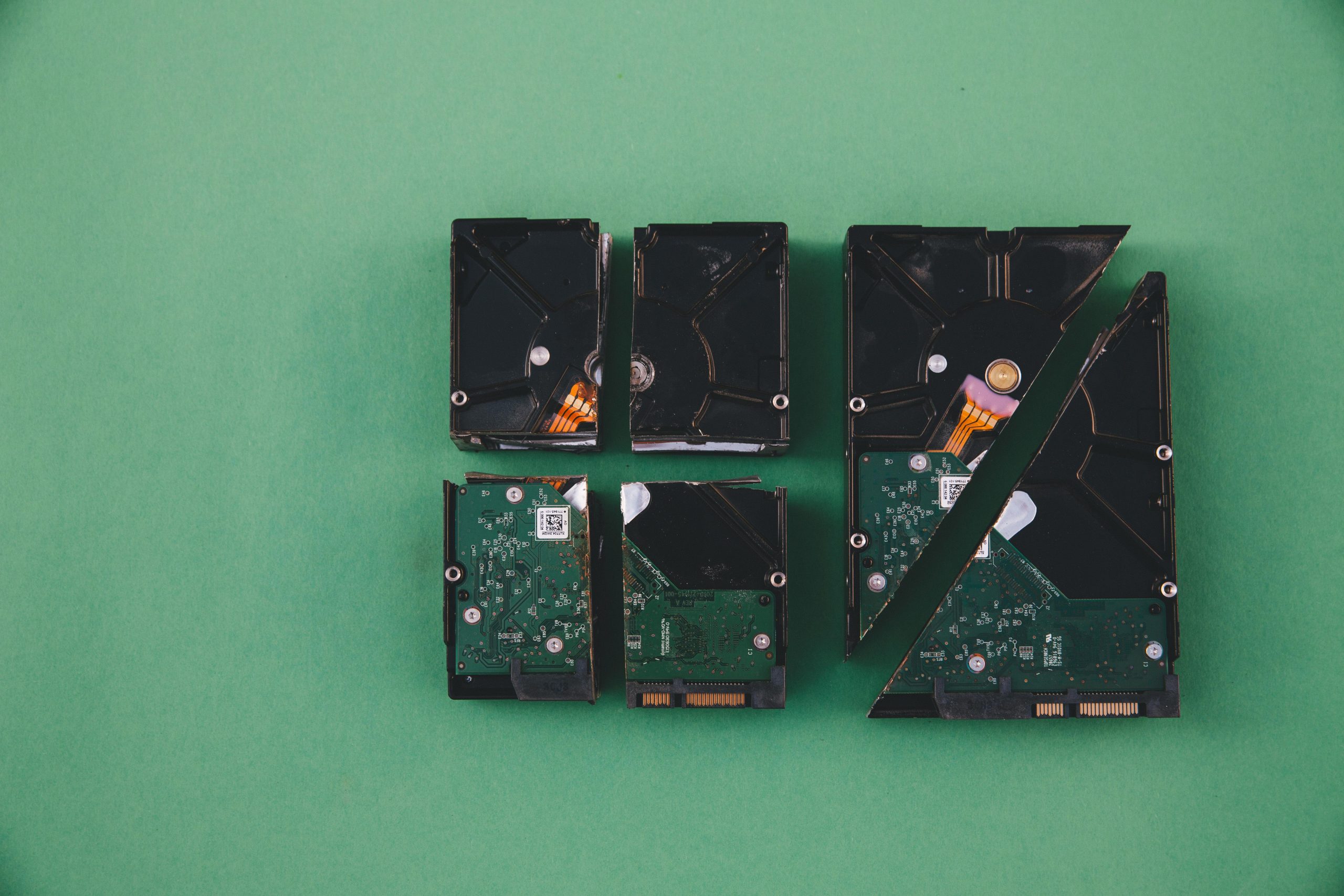Resolving File Explorer Performance Issues When Connecting an External HDD
Encountering performance problems with Windows File Explorer can be frustrating, especially when they are triggered by external hardware devices. Recently, many users have reported that connecting an external hard drive (HDD) causes File Explorer to become unresponsive or significantly slow down. This article aims to investigate common causes and offer practical solutions for resolving such issues, ensuring smooth operation when managing external storage devices.
Understanding the Problem
In this scenario, an external 500GB HDD, previously functional, now exhibits problematic behavior after being used within a different enclosure. When connected via either the original enclosure or an alternative SATA connection, Windows displays the drive but reports that it needs formatting to be usable. More critically, each time the drive is connected, File Explorer’s responsiveness diminishes sharply, often becoming unresponsive or getting “stuck.”
Possible Causes
Several factors may contribute to this issue:
-
Corrupted Filesystem or Drive Errors: The drive’s current state may be compromised, leading Windows to misread or struggle with mounting the filesystem.
-
Enclosure or Connection Compatibility Issues: Incompatibilities or faulty enclosures/SATA adapters can cause communication errors between the drive and the OS.
-
Driver or Firmware Problems: Outdated or incompatible drivers for USB controllers or SATA interfaces can impair drive detection and data transfer.
-
Partition or Formatting Issues: If the drive’s partition table is corrupt or unrecognized, Windows may prompt for formatting and slow down processes during detection.
-
Malware or Corrupted Volume Data: Malicious or corrupted data structures can interfere with disk recognition.
Step-by-Step Troubleshooting and Solutions
-
Check Disk Health Using Disk Management
-
Open the Windows Disk Management tool by right-clicking on the Start menu and selecting “Disk Management.”
- Locate the external HDD and observe its status.
- If the drive shows as “Unallocated” or “RAW,” it indicates filesystem issues. Do not format the drive blindly if you wish to recover data.
-
Use disk repair tools such as CHKDSK or third-party utilities like CrystalDiskInfo to assess and repair disk errors.
-
Try Connecting the Drive to a Different Port or Computer
-
Use a different USB port or SATA cable to rule out hardware faults.
-
Connect the drive to another computer to determine if the issue persists across systems.
-
**Update Drivers and Firmware
Share this content:



